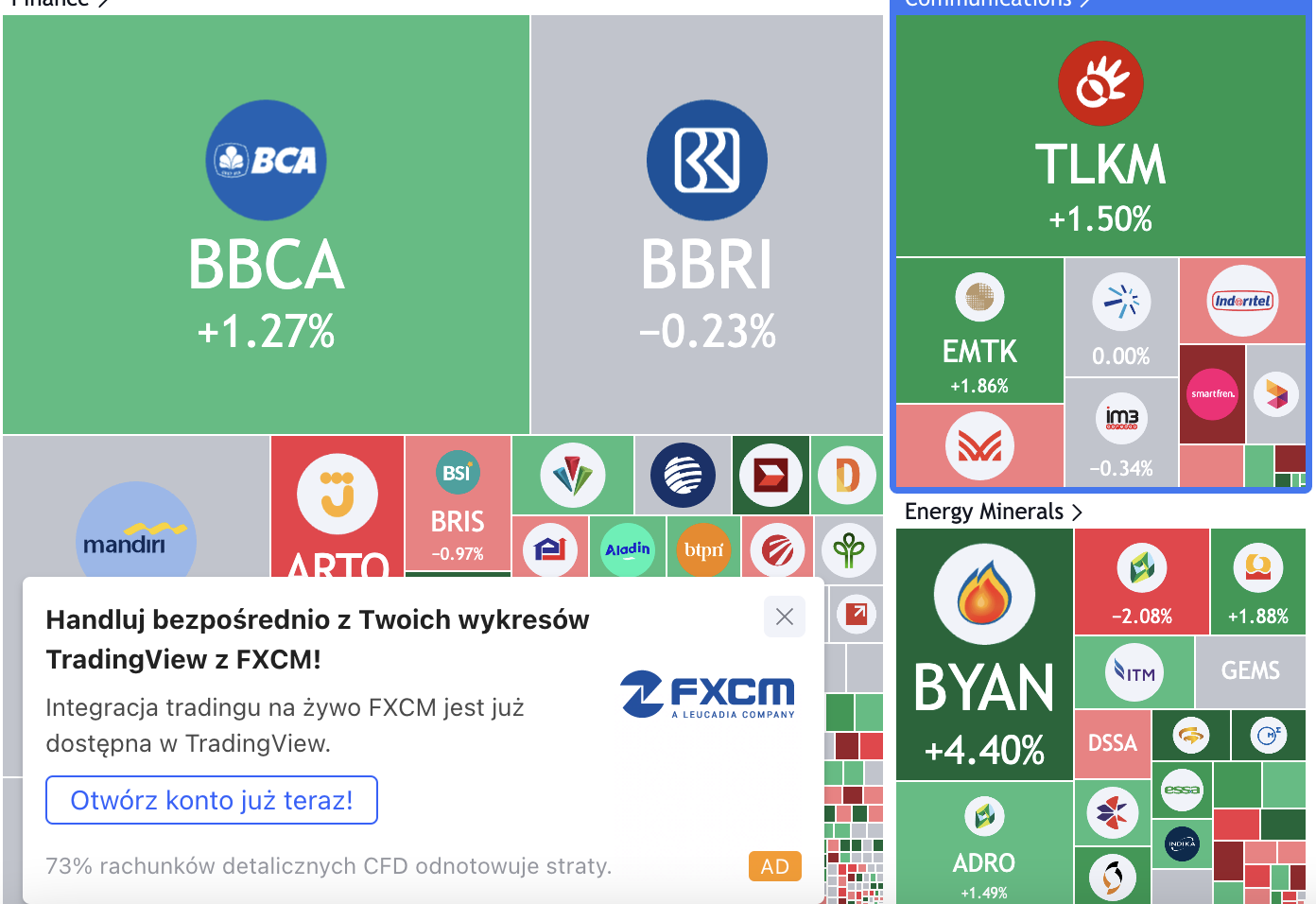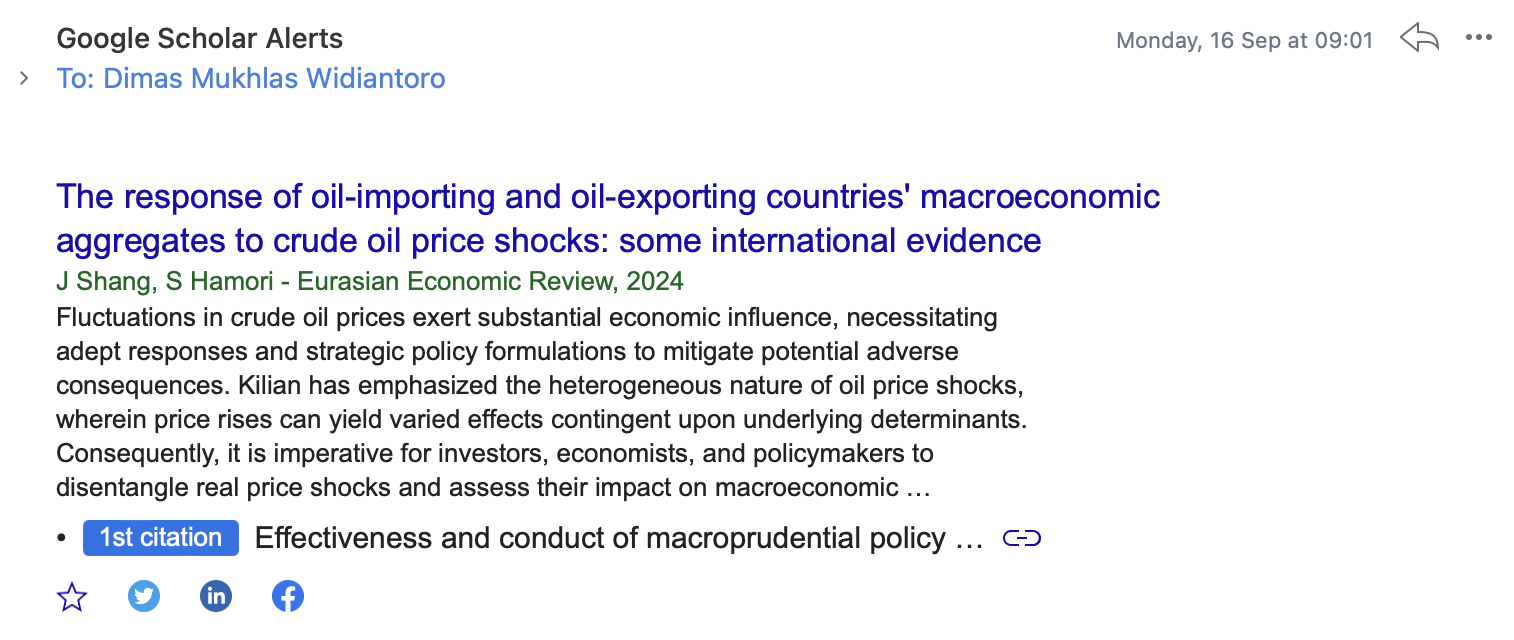Calculate the excess volatility
Posted by: admin 1 month, 2 weeks ago
(Comments)

This page is still related to Shiller again! Let's check this out!
The excess volatility test is a method used to determine whether stock prices are more volatile than can be justified by changes in fundamentals, such as dividends or earnings. This test can be applied by comparing the actual volatility of stock prices with the volatility implied by a model based on fundamental values.
Here’s an example of how to perform an excess volatility test with simplified calculations:
### Step-by-Step Example
#### 1. **Collect Data**
- Obtain historical stock prices and dividends data for a specific stock over a period.
- For simplicity, let's assume we have the following data for a stock over 5 years:
- **Year 1**: Price = $100, Dividend = $2
- **Year 2**: Price = $110, Dividend = $2.2
- **Year 3**: Price = $105, Dividend = $2.1
- **Year 4**: Price = $115, Dividend = $2.3
- **Year 5**: Price = $120, Dividend = $2.4
#### 2. **Calculate the Implied Fundamental Value**
- Assume the fundamental value is based on discounted dividends.
- Use a simple constant discount rate (e.g., 5% or 0.05).
The fundamental value \( P_t \) at any time \( t \) can be approximated using the Gordon Growth Model for simplicity:
\[
P_t = \frac{D_t}{r - g}
\]
where:
- \( D_t \) = dividend at time \( t \)
- \( r \) = discount rate (assumed 5% or 0.05)
- \( g \) = growth rate of dividends (assumed 2% or 0.02)
#### 3. **Compute the Fundamental Value for Each Year**
- Year 1: \( P_1 = \frac{2}{0.05 - 0.02} = \frac{2}{0.03} = 66.67 \)
- Year 2: \( P_2 = \frac{2.2}{0.05 - 0.02} = \frac{2.2}{0.03} = 73.33 \)
- Year 3: \( P_3 = \frac{2.1}{0.05 - 0.02} = \frac{2.1}{0.03} = 70.00 \)
- Year 4: \( P_4 = \frac{2.3}{0.05 - 0.02} = \frac{2.3}{0.03} = 76.67 \)
- Year 5: \( P_5 = \frac{2.4}{0.05 - 0.02} = \frac{2.4}{0.03} = 80.00 \)
#### 4. **Calculate Actual Price Volatility**
- Compute the standard deviation of the actual stock prices:
\[
\sigma_{actual} = \text{Standard Deviation of } [100, 110, 105, 115, 120]
\]
#### 5. **Calculate Fundamental Value Volatility**
- Compute the standard deviation of the fundamental values:
\[
\sigma_{fundamental} = \text{Standard Deviation of } [66.67, 73.33, 70.00, 76.67, 80.00]
\]
#### 6. **Compare the Volatilities**
- If \(\sigma_{actual}\) is significantly greater than \(\sigma_{fundamental}\), it suggests that stock prices are excessively volatile compared to what would be justified by fundamentals.
Let's compute the standard deviations for clarity:
- **Actual Prices**: $100, $110, $105, $115, $120
- Mean = \( \frac{100 + 110 + 105 + 115 + 120}{5} = 110 \)
- Variance = \( \frac{(100-110)^2 + (110-110)^2 + (105-110)^2 + (115-110)^2 + (120-110)^2}{4} = 50 \)
- Standard Deviation (Actual) = \( \sqrt{50} \approx 7.07 \)
- **Fundamental Values**: $66.67, $73.33, $70.00, $76.67, $80.00
- Mean = \( \frac{66.67 + 73.33 + 70.00 + 76.67 + 80.00}{5} \approx 73.33 \)
- Variance = \( \frac{(66.67-73.33)^2 + (73.33-73.33)^2 + (70.00-73.33)^2 + (76.67-73.33)^2 + (80.00-73.33)^2}{4} \approx 26.67 \)
- Standard Deviation (Fundamental) = \( \sqrt{26.67} \approx 5.16 \)
### Conclusion
In this simplified example, the actual price volatility (\( \approx 7.07 \)) is greater than the fundamental value volatility (\( \approx 5.16 \)), suggesting that the stock prices exhibit excess volatility compared to what would be justified by changes in fundamental values.
In a real-world scenario, the calculations would be more complex, taking into account more data points and possibly more sophisticated models for fundamental value estimation.
why eventhough the r is denominator in LM formula, the slope of LM still goes upward
Recent newsAlright! Let me simplify this for you. We’re talking about the **LM curve**, which shows the relationship between **interest rates (r)** and **income (Y)**. Now, you’re asking why this curve **slopes upward**, even though **r** is in the denominator in the formula.
read more1 week ago
Who won the debate last night between Harris and Trump
Recent newsIn the September 10, 2024, presidential debate between Kamala Harris and Donald Trump, early analyses suggest that Kamala Harris was seen as the winner by several experts and media outlets. According to a flash poll and expert opinions, Harris performed slightly better, earning higher marks for her responses on issues like the economy, healthcare, and foreign policy. While both candidates were criticized for avoiding certain questions and sharing biased data, Harris received a C grade, compared to Trump's C- in some analyses【38†source】.
read more1 week, 1 day ago
What is the purpose of cash flow statement?
Recent newsA cash flow statement is a financial document that provides a detailed summary of a company's cash inflows and outflows over a specific period, typically divided into operating, investing, and financing activities. Its main purposes are:
read more1 week, 1 day ago
1 week, 1 day ago
Why the government of Japan increase their interest rate?
Recent newsThe Japanese government, through the Bank of Japan (BOJ), raised interest rates in August 2024 in response to growing inflationary pressures. Japan had experienced years of low inflation, even deflation, but by mid-2024, inflation had accelerated beyond expectations, driven by higher energy costs, a weakening yen, and global supply chain disruptions. These inflationary trends threatened the BOJ's long-term price stability target.
read more1 week, 1 day ago
How the Yen currency appreciation affect carry trade
Recent newsThe "yen carry trade" refers to an investment strategy where investors borrow yen at low interest rates and invest in higher-yielding foreign assets. Japan’s historically low interest rates made the yen attractive for this strategy, as borrowing in yen was cheap. Investors would use the borrowed funds to buy assets in countries with higher interest rates, pocketing the difference in yield.
read more1 week, 1 day ago
The formula of buble
Recent newsAn **asset bubble** doesn't have a single, universally accepted formula, but it can be understood through a combination of economic models and indicators that show when asset prices deviate significantly from their intrinsic or fundamental values. Typically, asset bubbles occur when the prices of financial assets, such as stocks, real estate, or commodities, rise rapidly and unsustainably due to speculative demand, often detached from the underlying economic fundamentals.
read more1 week, 4 days ago

Collaboratively administrate empowered markets via plug-and-play networks. Dynamically procrastinate B2C users after installed base benefits. Dramatically visualize customer directed convergence without





Comments